Facts About Ancient Egypt
Egypt was a really big kingdom in the ancient times. It was a leading power throughout North Africa, and also parts what was then called Levant – areas along the eastern Mediterranean shores, which today are countries like Israel, Jordan, Lebanon, Syria, and some nearby areas.
If you are looking for some fun facts about Ancient Egypt, this is where you’ll find it all.

What’s important to know is that Egypt was a really big kingdom in the ancient times. It was a leading power throughout North Africa, and also parts what was then called Levant – areas along the eastern Mediterranean shores, which today are countries like Israel, Jordan, Lebanon, Syria, and some nearby areas.
Egypt’s power lasted from roughly around 3100 B.C.E. (when it was unified) to 332 B.C.E.
First, let’s know where it is located today
Where is Egypt?

Egypt is located in the northeastern part of Africa. It shares its borders with the Mediterranean Sea to the north, Sudan to the south, Libya to the west, and the Red Sea to the east.
The Nile River, the longest river in Africa, flows through Egypt. The capital city of Egypt is Cairo.
Where was Ancient Egypt located?

Ancient Egypt developed along the banks of the Nile River, like modern-day Egypt. The river created a fertile strip of land known as the Nile Valley, which was great for agricultural and it led to the development of the ancient Egyptian civilization.
The geography of Egypt also includes the desert regions to the east and west of the Nile Valley.
The ancient Egyptians referred to their land as “Kemet,” which literally means “black land” (kem meant “black” in ancient Egyptian). It was a reference to the the dark, fertile soil along the Nile.
At the height of its power ancient Egypt extended its rule to what’s modern-day Sudan (Nubia) to the south, the Levant (including parts of modern-day Israel, Jordan, Lebanon, and Syria) to the north, and trade routes reaching the Red Sea and the Arabian Peninsula.
Later, when its power went down, Egypt’s rule went to the areas centered around the Nile Valley. Other rulers came like the Assyrians, Persians, and later the Romans.
Facts about Ancient Egypt

Pharaohs: The pharaohs were the heads of states and also religious leaders in ancient Egypt. They were like kings and queens and were both political leaders and also considered to have a direct connection to the gods.
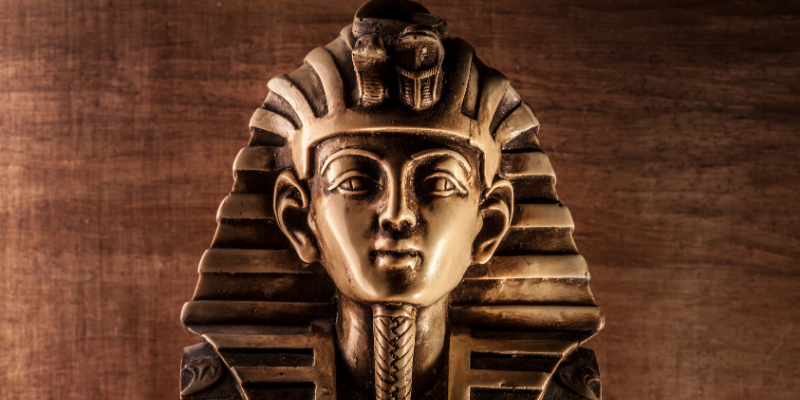
Pyramids: The Egyptians built massive pyramids as tombs, or burial chambers, for their pharaohs. The most famous ones are the Pyramids of Giza, including the Great Pyramid – the largest Egyptian pyramid and is teh tomb of pharaoh named Khufu. These structures, made of limestone and granite, showcase the incredible architectural and engineering skills of the ancient Egyptians.

Mummies and the Afterlife: In ancient Egypt, everyone had a right to get a proper burial. And they had a special way of preserving their bodies after death, called mummification. They had a way of cleaning and wrapping the bodies in cloth and putting them in coffins with drawings and symbols. The process of mummification was a central aspect of ancient Egyptian burial rituals and is one of the oldest and most complex burial practices in the history of humankind.

The Sphinx: Guardian of Giza: The Great Sphinx, a big statue that has the body of a lion and the head of a pharaoh, stands near the Pyramids of Giza. It is believed to represent the pharaoh Khafre and serves as a guardian of the area. It is Egypt’s most iconic and visited attractions and had a nose once, but now it’s gone! People say it broke off a long time ago, but nobody really knows why. It’s like an ancient puzzle.

Cleopatra: The Last Pharaoh: Cleopatra VII, the most famous of the Cleopatras, was the last pharaoh of ancient Egypt. She is known for her intelligence and also her relationships with Roman leaders Julius Caesar and Mark Antony. She is also said to have spoken many languages.
Hieroglyphics: Ancient Egyptians had their own secret way of writing called hieroglyphics. It wasn’t like our alphabet; instead, they used pictures and symbols. They wrote these on the walls of temples and tombs, telling stories about their adventures and beliefs.

The Rosetta Stone: Decoding Hieroglyphics: The Rosetta Stone, discovered in 1799, was what led to understand ancient Egyptian hieroglyphics. It contains the same text written in three scripts: Greek, Demotic, and hieroglyphics. This allowed scholars to understand the ancient language.
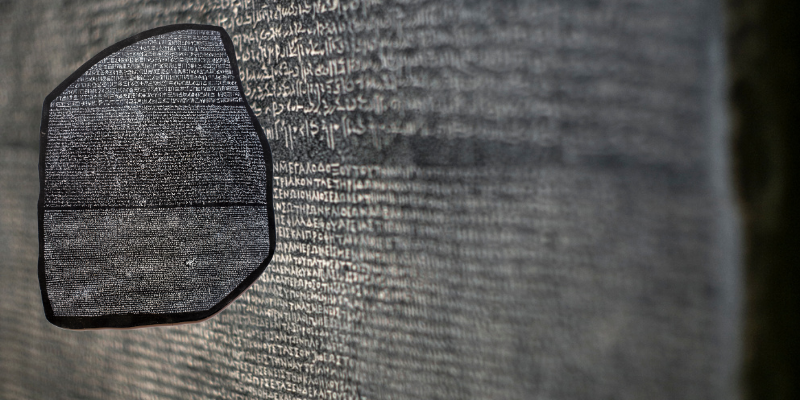
The Valley of the Kings: Royal Tombs: The Valley of the Kings on the west bank of the Nile was the burial ground for pharaohs and nobles. The tombs, carved into the cliffs, housed treasures and intricate wall paintings depicting the journey to the afterlife.
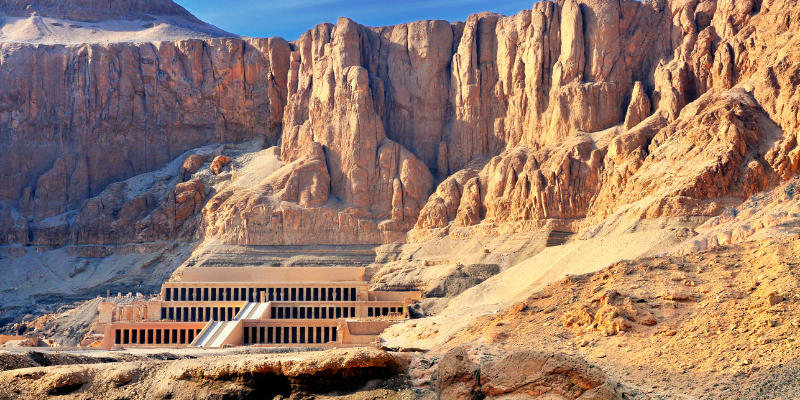
Innovations in Medicine: Ancient Egyptians had advanced medical knowledge for their time. They practiced basic surgery, dentistry, and had a good understanding of anatomy. Medical texts, such as the Edwin Smith Papyrus, provide insights into their medical practices.
The Book of the Dead: Guide to the Afterlife: The Book of the Dead is a collection of spells and rituals aimed at guiding those who had died through the challenges of the afterlife. It was placed in tombs to help those who has died.
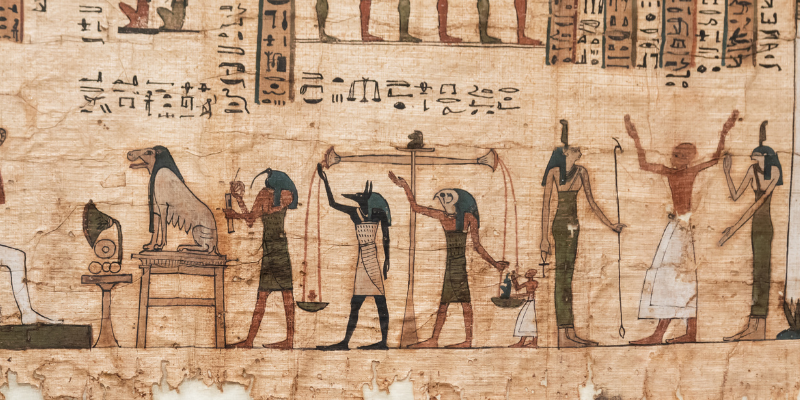
Influence on Greek and Roman Culture: The ancient Egyptians greatly influenced Greek and Roman cultures. The Greeks admired Egyptian art and architecture, and as a result, Egyptian motifs and themes can be seen in various aspects of Greek and Roman art.
Animals as Friends: Egyptians loved their pets! Cats were like little protectors, and dogs were loyal companions. They even worshiped some animals like the ibis bird and the crocodile.
The Great Library of Alexandria: Alexandria, a big Egyptian city, had a a famous Great Library. Established by a powerful Pharoah named Ptolemy II in the 3rd century BCE, it contained an a massive collection of scrolls and manuscripts, attracting scholars from all parts of the world. Unfortunately, the library no longer exists.
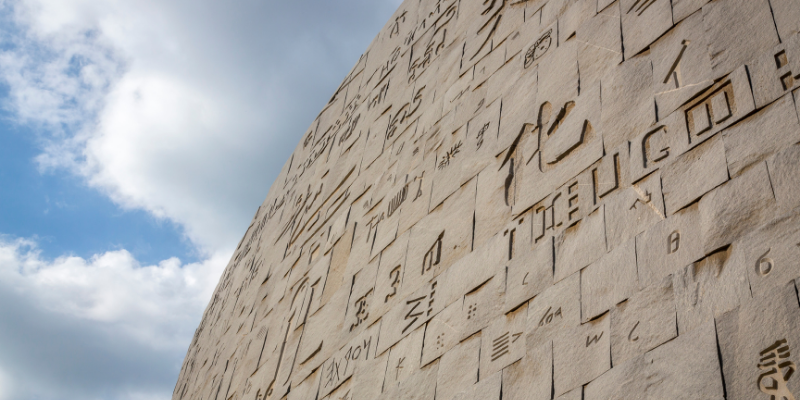
Temples Dedicated to Deities: The ancient Egyptians constructed elaborate temples dedicated to their gods and goddesses. These sacred structures, adorned with intricate carvings and statues, served as centers for religious ceremonies, festivals, and offerings to honor the divine.
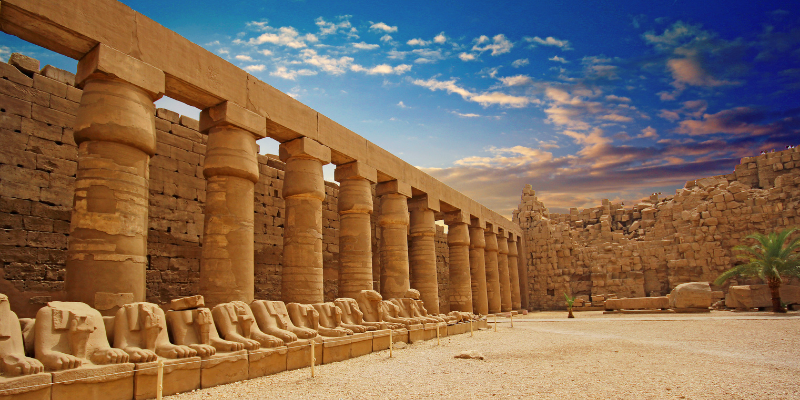
Here are some details about a few Temples of Ancient Egypt:
- Karnak Temple Complex: Located in Luxor, a city in southern Egypt, Karnak is one of the largest temple complexes in Egypt. It was dedicated to the god Amun (also called Amon)- known as the king of Gods, and served as a significant religious center. The complex includes impressive hypostyle halls (halls that have a roof supported by pillars, usually in many rows), obelisks (a tall, four-sided monument which has pyramid-like shape at the top) , and the famous Avenue of Sphinxes.
- Temple of Luxor: Situated on the east bank of the Nile in Luxor, another city, the Temple of Luxor was dedicated to the rejuvenation of kingship and was a big annual festival called Opet took place. Notable features include an avenue of sphinxes and colossal statues of Ramses II.
- Temple of Hatshepsut at Deir el-Bahari: This temple, located on the west bank of the Nile near Luxor, is a stunning example of ancient Egyptian architecture. Built for Queen Hatshepsut, it features terraced colonnades, statues, and reliefs depicting the queen’s divine birth.
- Temple of Abu Simbel: Constructed by Ramses II in what’s now Aswān (then Nubia), the Temple of Abu Simbel is famous for its colossal statues of the pharaoh carved into the rock face. The temple was relocated to higher ground to avoid submersion after the construction of the Aswan High Dam.
- Edfu Temple (Temple of Horus): Dedicated to the god Horus, Edfu Temple is one of the best-preserved temples in Egypt. It is located in the city of Edfu and features a massive pylon, courtyard, hypostyle hall, and a sanctuary.
Great Irrigation Systems: To be able to do agriculture well, ancient Egyptians developed very sophisticated irrigation systems. The Shaduf, a manual water-lifting device, and the Nileometer, used to measure the river’s water level, were used in managing water resources for farming.
The Calendar System: The ancient Egyptians also developed a really great calendar based on the lunar and solar cycles. This calendar had 12 months of 30 days each, with an additional five days at the end of the year. It played a big role in agricultural planning and religious festivals.
There’s too much to know about Ancient Egypt, and the above are only a few facts. If you interested to know more, you can visit the National Geographic, that has great resources for students.

Better Your Child’s G.K. In 3 Minutes – Get This Free Newsletter
Get fun facts, simple and easy news, quizzes, and lots of other interesting things to read in your mailbox – for free! It’s what we call GK-on-the-go!
I Kid You Not now has a large readership across India and also parts of the world. If you want to write for us, you can submit your story here. You can also apply to become a news anchor. Apply here



Comments